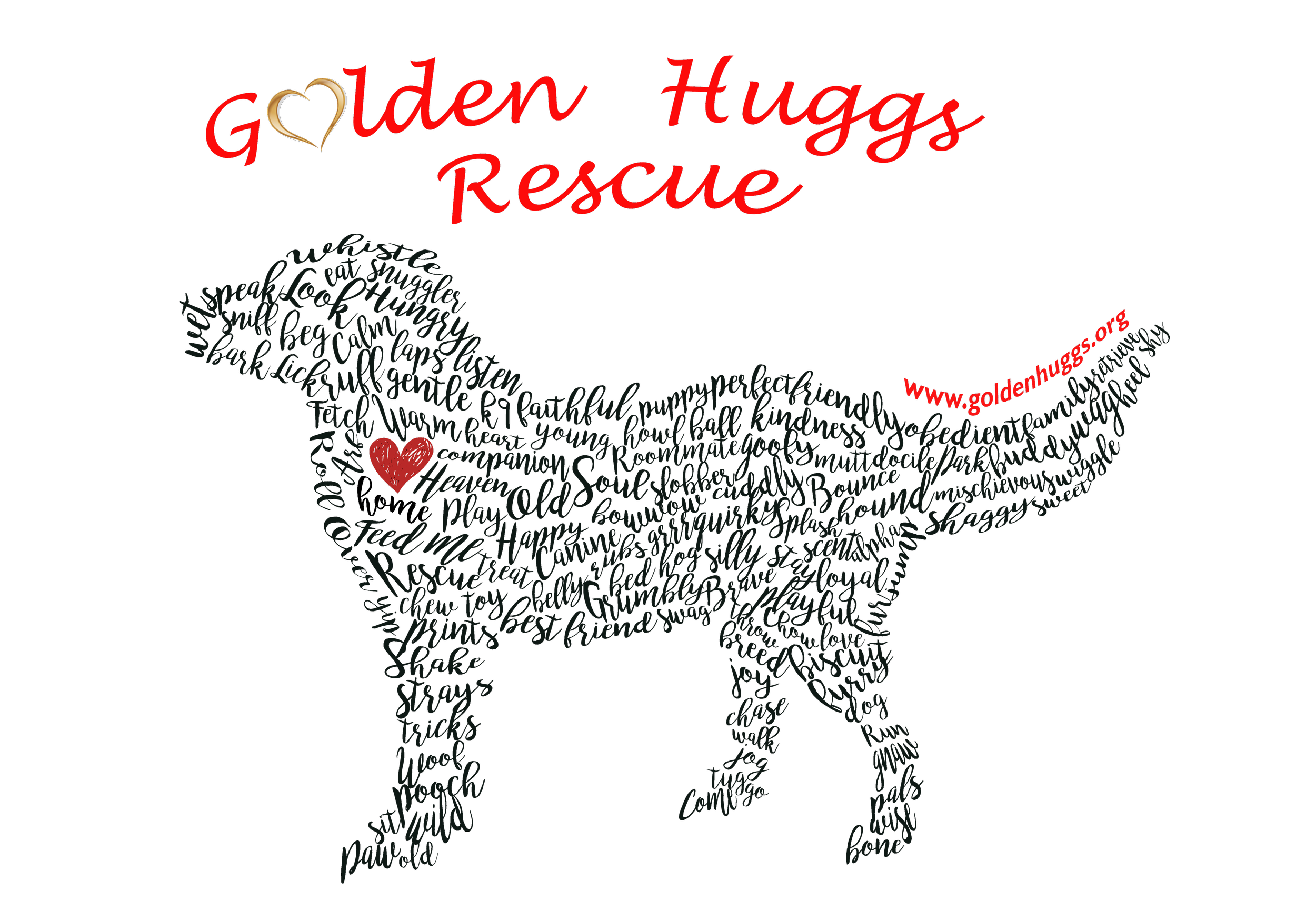Crate Training
Why crate training is important...
Crate training is an important part of dog training because it allows the dog to have a safe and comfortable space of their own. This can help with housebreaking, prevent destructive behavior, and provide a place for the dog to relax and feel secure.
Additionally, crate training can help with separation anxiety and prevent the dog from getting into potentially dangerous situations when left alone. It can also be useful during travel, providing a secure and familiar space for the dog.
Overall, crate training is a valuable tool for establishing boundaries and promoting good behavior in dogs. It can benefit both the dog and their owner by providing a structured and positive environment for training and everyday life.
Ten steps to help crate train your puppy
Introduce the crate to your puppy by placing it in a room where your puppy spends a lot of time. Leave the door open and encourage your puppy to explore the crate by tossing treats inside.
Gradually start feeding your puppy inside the crate, with the door closed. This will help your puppy associate the crate with positive experiences.
Gradually increase the amount of time your puppy spends in the crate. Start by leaving them in the crate for a few minutes at a time, and gradually increase the duration.
If your puppy starts to whine or bark in the crate, ignore them. This will teach your puppy that barking or whining will not get them out of the crate.
If your puppy eliminates inside the crate, immediately clean it up and do not leave them in the crate for as long next time.
Once your puppy is comfortable spending time in the crate, start using it for short periods when you are away from home. Gradually increase the duration of time your puppy is in the crate when you are away.
Use the crate for naps and overnight sleeping. This will help your puppy learn to settle and relax in the crate.
Use positive reinforcement, such as treats and praise, to reward your puppy for good behavior in the crate.
Gradually phase out the use of treats as a reward, and focus on praising your puppy for good behavior in the crate.
Continue to use the crate for short periods when you are away from home, and for overnight sleeping. This will help your puppy learn to be comfortable and relaxed in the crate.
How to start crate training for an adult dog...
First, start by introducing the crate to the adult dog by leaving it open in a familiar area for them to explore and get comfortable with. Then, try placing a treat or toy inside the crate to encourage them to go inside. Once they are comfortable entering the crate, gradually begin closing the door for short periods of time while they are inside. Be sure to reward them with treats and praise during this process to reinforce positive behavior.
Next, gradually increase the amount of time they spend in the crate and make sure they have access to water and toys while inside. It is important to never force the dog into the crate or use it as punishment, as this can create negative associations with the crate.
Once the dog is comfortable staying in the crate for longer periods of time, you can begin introducing the crate into different situations, such as when you are not home or during car rides. It is important to always supervise the dog when they are in the crate and never leave them in it for extended periods of time without access to water and a bathroom break.
With patience and consistency, the adult dog will learn to associate the crate as a safe and comfortable space.

